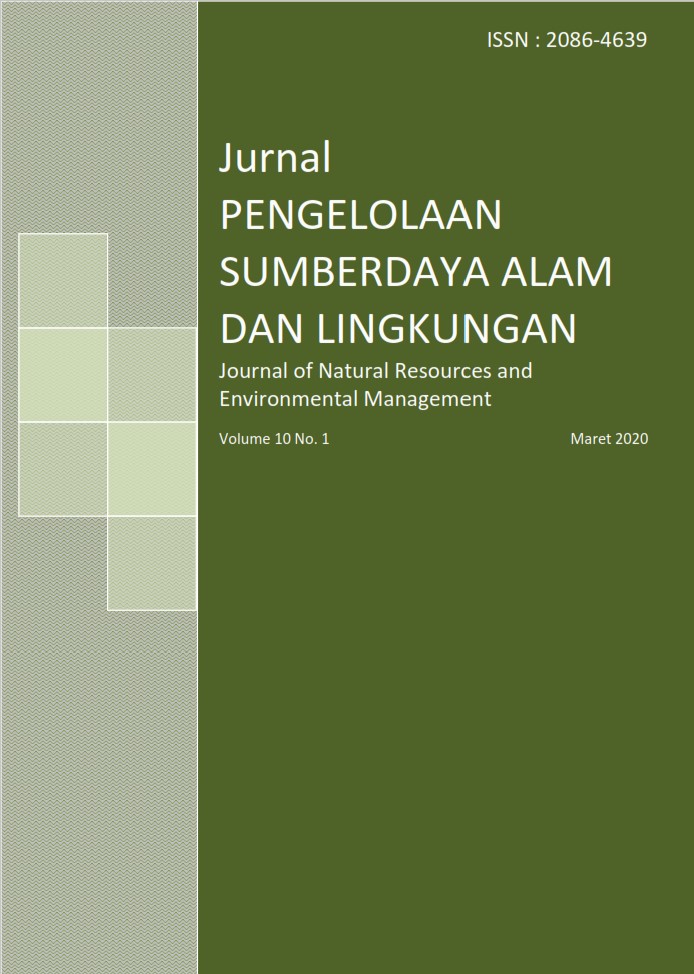Mapping of Risk Fire in Peat Land based on Hotspot Sequential Pattern Mining in District of Pulang Pisau, Kalimantan Tengah
Abstract
Land and forest fire is one of the major that caused Indonesia’s deforestation, who has a significant impact to the environment, loss of conservation, air pollution and economic loss. This research makes a spatial modelling along with factor that can affect collerates the forest fire. Spatial model of vulnerability of land and forest fire is built by composite mapping analysis method. Hotspot that is used in this research is the results of data mining processing, with sequential pattern mining technique which to find the relationships between the occurances of sequential event and pattern that often appear. From the six variables that influence land and forest fire there are four variables that impacts on the study area, that is forest zone, depth of peatland, distance of irrigation, and distance of road. The fire in the area of study occurs many times in the peatland area with the depth of 400-800 cm. Land and forest fire occurs frequently in 100-900 meters from irrigation and land and forest fire also occurs frequently in 1-4 km form the road. Land and forest fire occurs frequently in protected forest
Authors
Authors who publish with this journal agree to the following terms:
- Authors retain copyright and grant the journal right of first publication with the work simultaneously licensed under a Creative Commons Attribution License that allows others to share the work with an acknowledgement of the work's authorship and initial publication in this journal.
- Authors are able to enter into separate, additional contractual arrangements for the non-exclusive distribution of the journal's published version of the work (e.g., post it to an institutional repository or publish it in a book), with an acknowledgement of its initial publication in this journal.
- Authors are permitted and encouraged to post their work online (e.g., in institutional repositories or on their website) prior to and during the submission process, as it can lead to productive exchanges, as well as earlier and greater citation of published work (See The Effect of Open Access).






